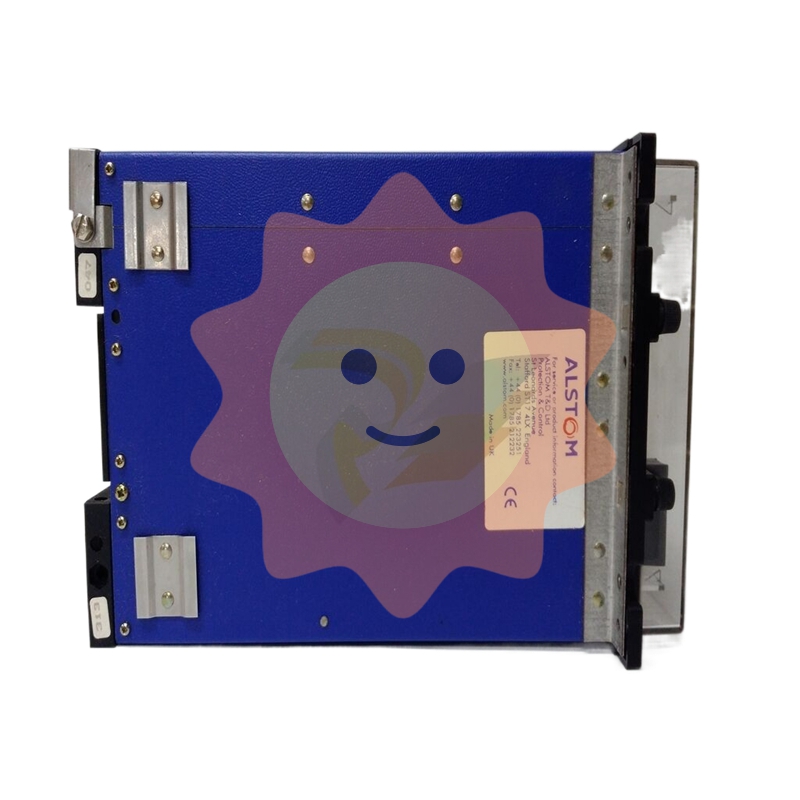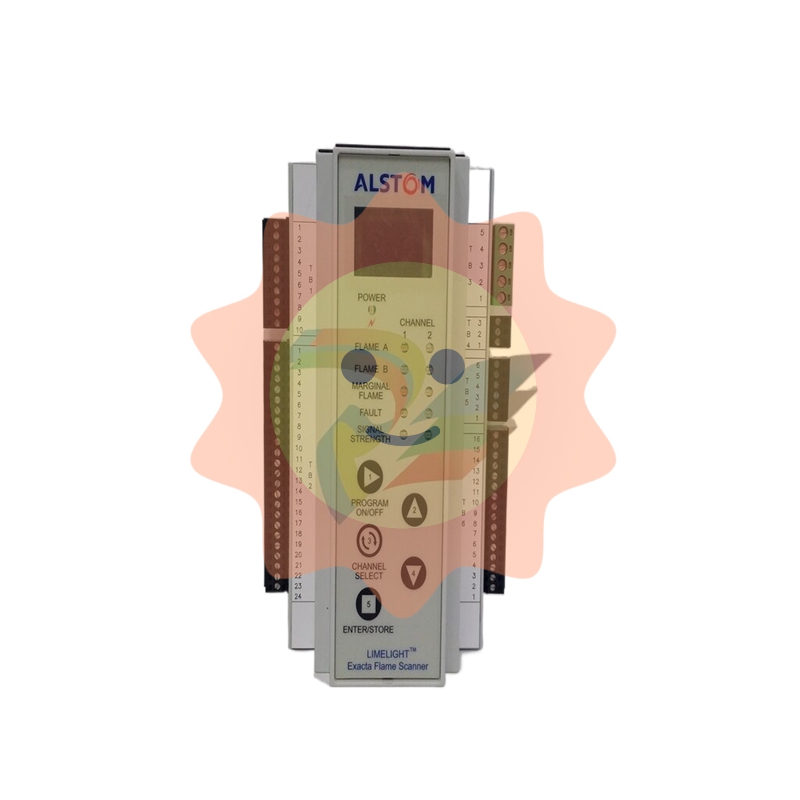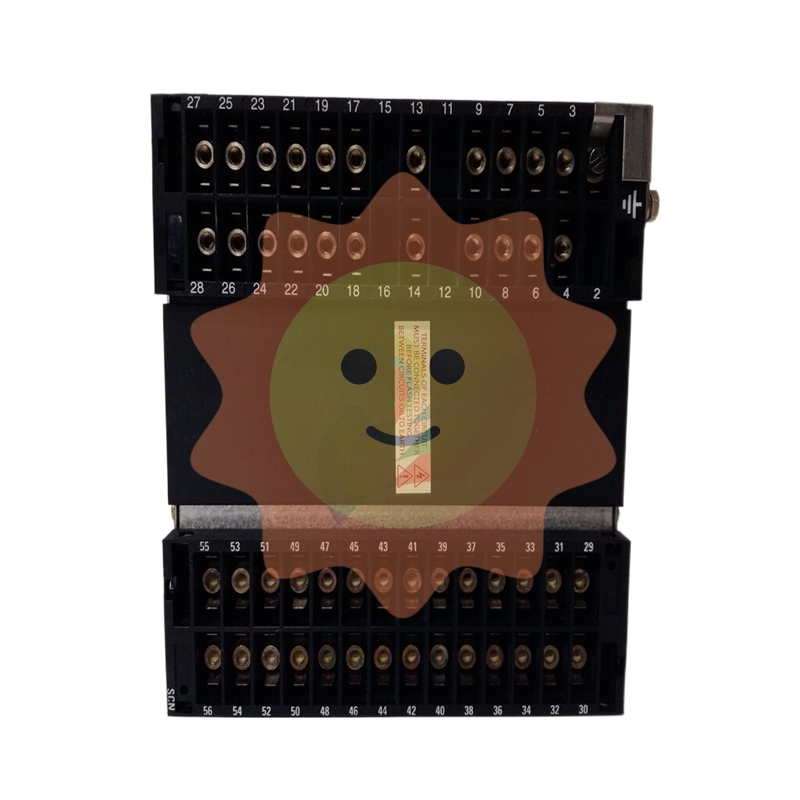The inflection point of prosperity is approaching, and polyester filament should be configured
After 40 years of development, China's chemical fiber industry has achieved a development process from scratch, from small to large, from large to strong. As of 2019, the total output of synthetic fibers in China was 52.79 million tons, accounting for 70% of the global total consumption; The domestic consumption of upstream raw materials PX, PTA and ethylene glycol accounts for about 60% of global consumption. China has become a veritable global power in the production of chemical fiber industry.
(2) Polyester filament is relatively weak in the industrial chain, and there is no need to worry about the relocation problem
As the largest branch of chemical fiber, filament and natural animal and plant fibers are used as raw materials in the weaving industry. At present, the spinning link Tongkun shares, new Fengming and Hengyi petrochemical three pillars, the woven clothing link Shenzhou International is a dominant, the brand is the coexistence of domestic and foreign brands, retail is single-brand store mode of Taobo lead.
From the perspective of profit distribution of the industrial chain, Tongkun shares, Shenzhou International, Li Ning and Taobo four enterprises as the domestic leaders of various links, the gross profit rate of the 2019 fiscal year is sorted as Li Ning > Taobo > Shenzhou International > Tongkun shares, the net interest rate is sorted as Shenzhou International > Li Ning > Taobo > Shenzhou International > Tongkun shares, and the rate is sorted as Li Ning > Taobo > Shenzhou International > Tongkun shares. Shenzhou International deposits the most abundant net profit rate from the relatively neutral gross profit rate by virtue of scale effect, while Li Ning and Taobo guarantee the relatively neutral net profit rate by high gross profit rate, while Tongkun guarantees the neutral low net profit rate by operating capacity under the condition of low gross profit rate. This means that chemical fiber is currently in the most vulnerable position in the industrial chain.
Filament has a weak position in the textile and garment industry chain, the reason is that its entry barriers are relatively low, and the downstream customers are more dispersed. Taking a 300,000 tons long silk factory as an example, the initial investment of about 1.2 billion yuan and the allocation of 400 workers can form a medium-sized enterprise with an annual income of 200 million yuan, which can generally recover the investment in 10-15 years. As the core components of filament production equipment, stable and high-quality winding heads are basically in the hands of overseas enterprises TMT and Bama AG, but due to the existence of domestic low-end textile demand, excess profits are easy to attract a large number of new entrants using domestic low-end winding heads. In the cost structure of filament, the direct labor costs of filament production continue to account for less than 2%, which is a world away from the 20% of downstream garment OEM enterprises, which means that filament is not a "labor-intensive" industry, there is no sharp impact of rising labor costs after the Lewis turning point, in other words, That is, there is no need to transfer industries to Southeast Asia or the central and western regions of China. At the same time, this means that the core of the competition between filament enterprises lies in the raw material advantage and the sharing of public facilities attached to the scale advantage, and at the same time, the logistics rate optimization and customer stickiness brought about by the location advantage are also key.

Second, industry: upstream supply and demand are loose, which is conducive to the transfer of profits to filament
From the perspective of profit distribution in the industrial chain, in the past two decades, the downstream companies in the industrial chain are relatively dispersed, and the upstream raw materials represented by PX are mainly controlled by overseas companies, and the industry profits are mostly concentrated in the upstream raw material production enterprises. In recent years, as coal chemical technology has gradually improved and private refineries have been put into operation, the self-sufficiency rate of upstream raw materials has been continuously improved, and 2020-2022 will be the peak of domestic PX, PTA and ethylene glycol production capacity. According to our statistics, the capacity growth of PX, PTA and ethylene glycol in the next two years is more than 20%, and the growth rate of polyester fiber is less than 10%. When the production capacity in the upper and middle reaches of the industry is rapidly released, industry profits are expected to be transferred to the downstream polyester end. In addition, the further improvement of the concentration of the polyester industry is also conducive to leading companies in the industry to obtain greater bargaining power.
(1) PX: The refinery enters the peak of production, and the aromatics production capacity is intensively put into operation
PX, whose scientific name is p-xylene, is an important aromatic chemical. It is widely used in the production of terephthalic acid (PTA) and dimethyl terephthalate (DMT) worldwide, and can also be used as a solvent to prepare pharmaceuticals, spices and other daily necessities. PX production process is difficult, the industry access threshold is high, before 2019, China's PX import dependence has been maintained at more than 50%. By the end of 2019, China's PX production capacity was 21.5 million tons, and three barrels of oil accounted for half of the domestic production capacity. From 2015 to 2018, China's PX industry did not put into production, and PX import dependence continued to rise with the compound annual growth rate of domestic apparent consumption of 8%. From the perspective of import source countries, PX imports in Japan and South Korea exceeded 50%, which became the main variable affecting China's PX supply.
- EMERSON
- Honeywell
- CTI
- Rolls-Royce
- General Electric
- Woodward
- Yaskawa
- xYCOM
- Motorola
- Siemens
- Rockwell
- ABB
- B&R
- HIMA
- Construction site
- electricity
- Automobile market
- PLC
- DCS
- Motor drivers
- VSD
- Implications
- cement
- CO2
- CEM
- methane
- Artificial intelligence
- Titanic
- Solar energy
- Hydrogen fuel cell
- Hydrogen and fuel cells
- Hydrogen and oxygen fuel cells
- tyre
- Chemical fiber
- dynamo
- corpuscle
- Pulp and paper
- printing
- fossil
- FANUC
- Food and beverage
- Life science
- Sewage treatment
- Personal care
- electricity
- boats
- infrastructure
- Automobile industry
- metallurgy
- Nuclear power generation
- Geothermal power generation
- Water and wastewater
- Infrastructure construction
- Mine hazard
- steel
- papermaking
- Natural gas industry
- Infrastructure construction
- Power and energy
- Rubber and plastic
- Renewable energy
- pharmacy
- mining
- Plastic industry
- Schneider
- Kongsberg
- NI
- Wind energy
- International petroleum
- International new energy network
- gas
- WATLOW
- ProSoft
- SEW
- wind
- ADVANCED
- Reliance
- YOKOGAWA
- TRICONEX
- FOXBORO
- METSO
- MAN
- Advantest
- ADVANCED
- ALSTOM
- Control Wave
- AB
- AMAT
- STUDER
- KONGSBERG
- MOTOROLA
- DANAHER MOTION
- Bentley
- Galil
- EATON
- MOLEX
- Triconex
- DEIF
- B&W


email:1583694102@qq.com
wang@kongjiangauto.com

















































